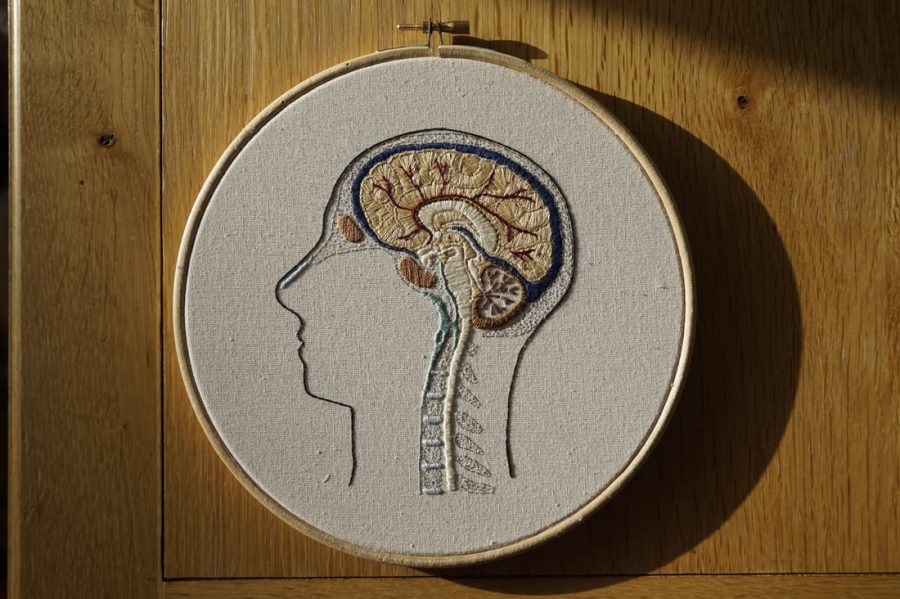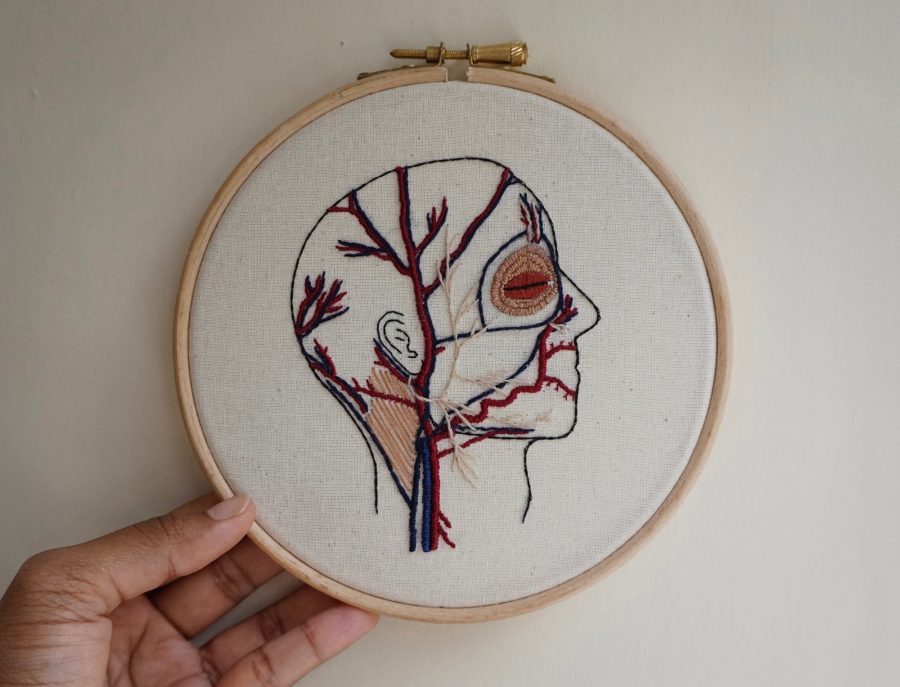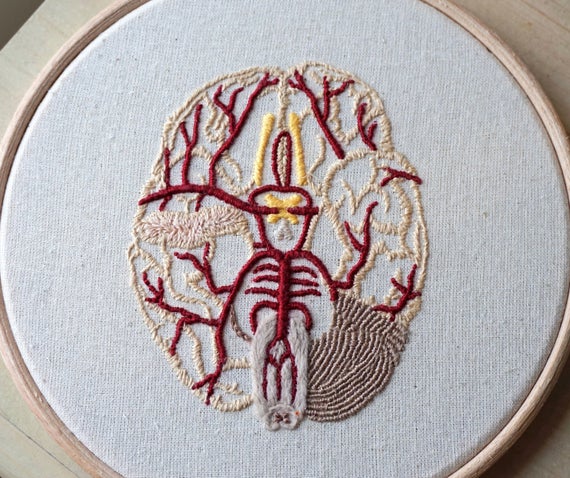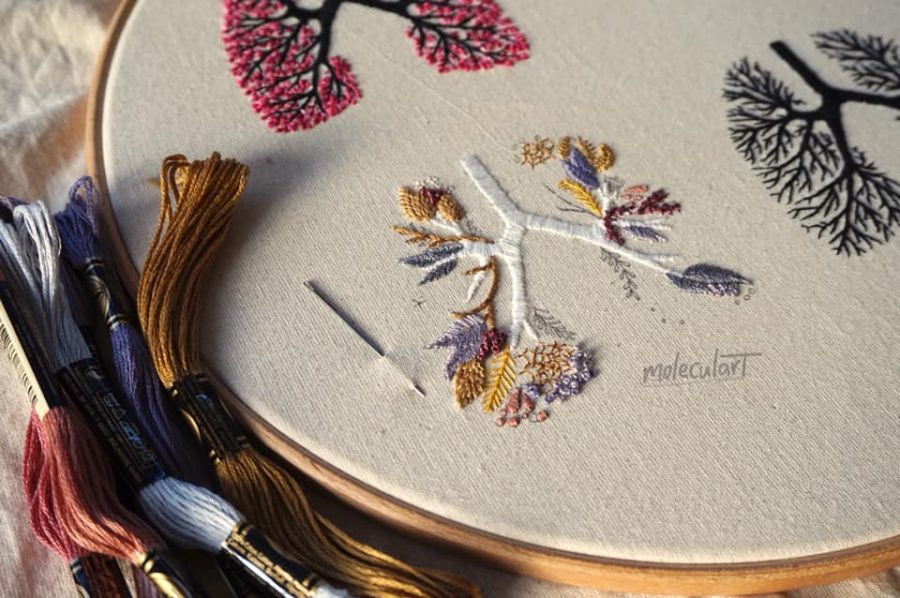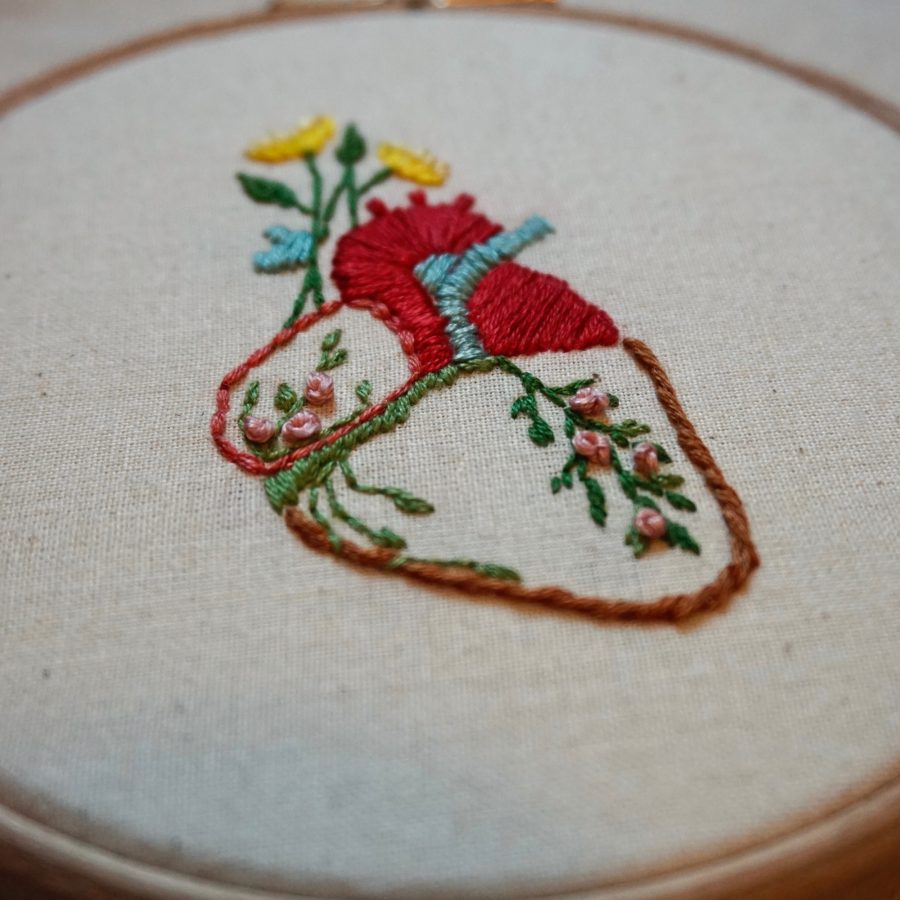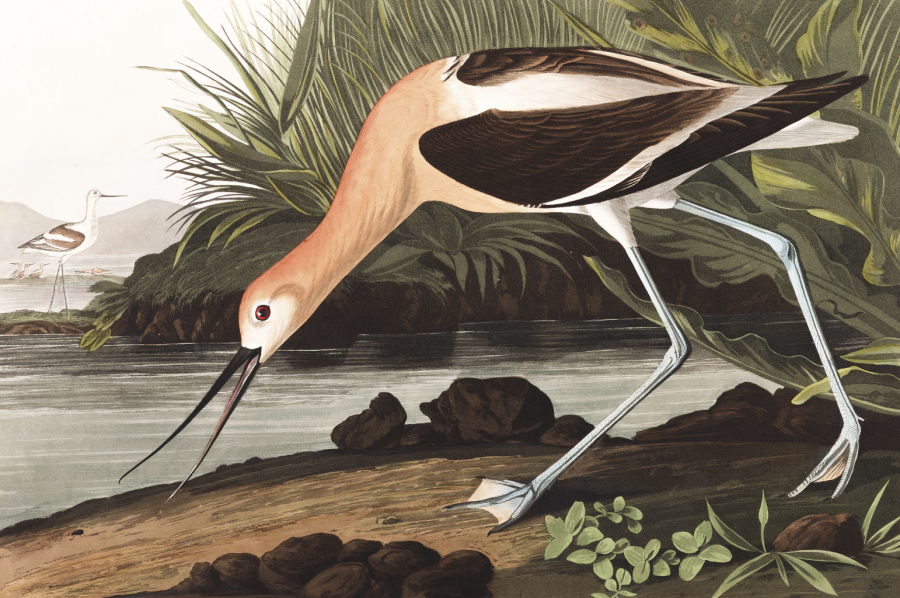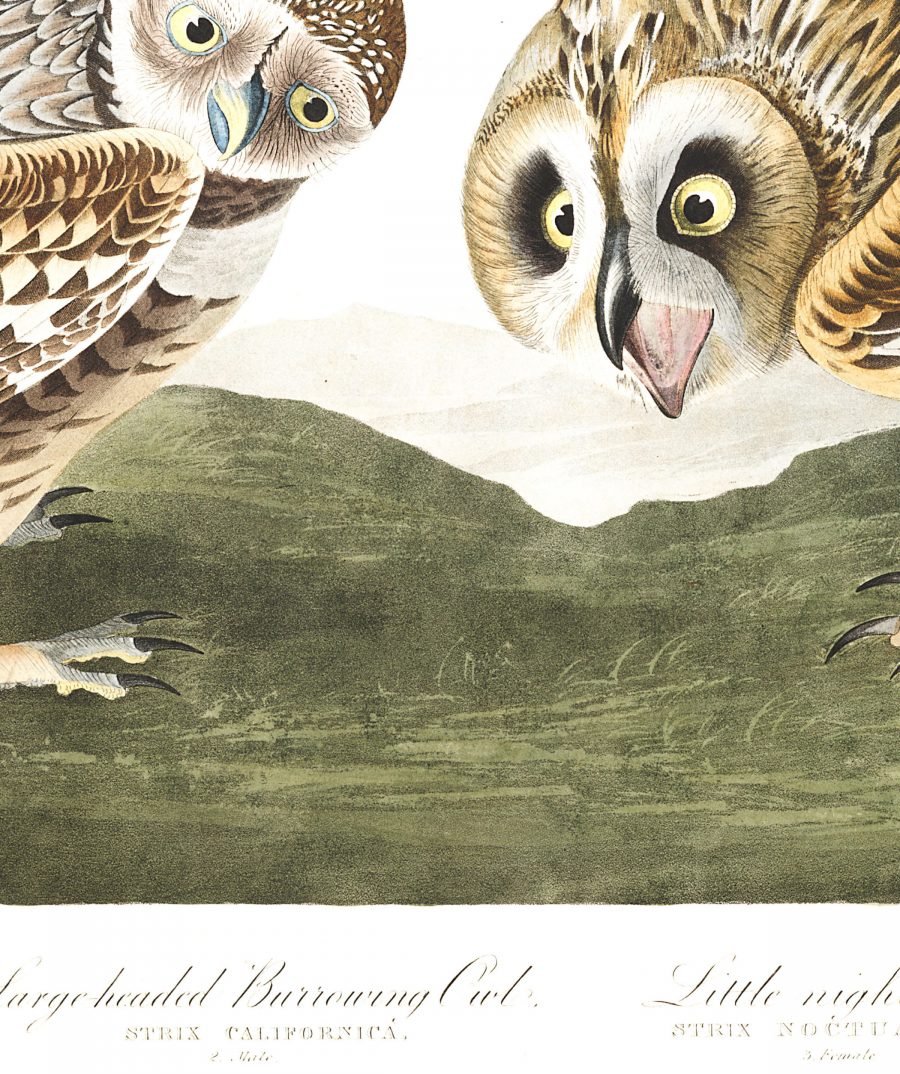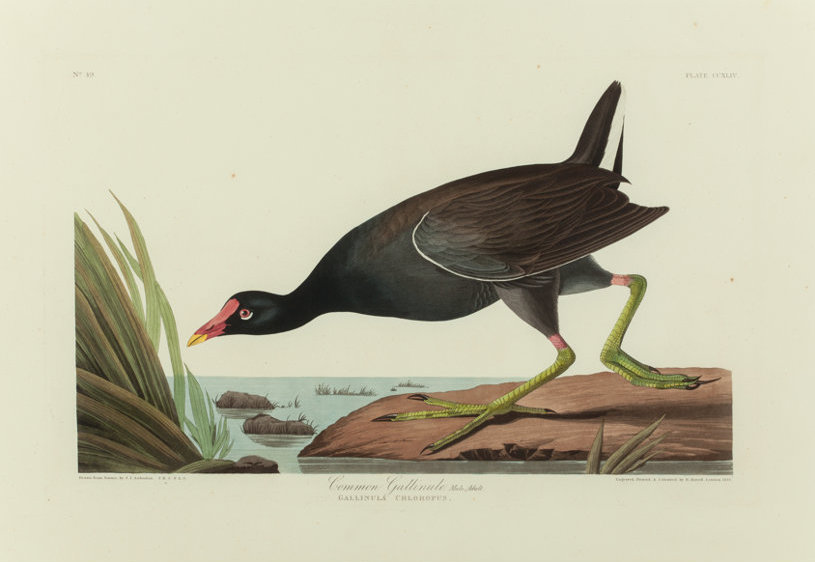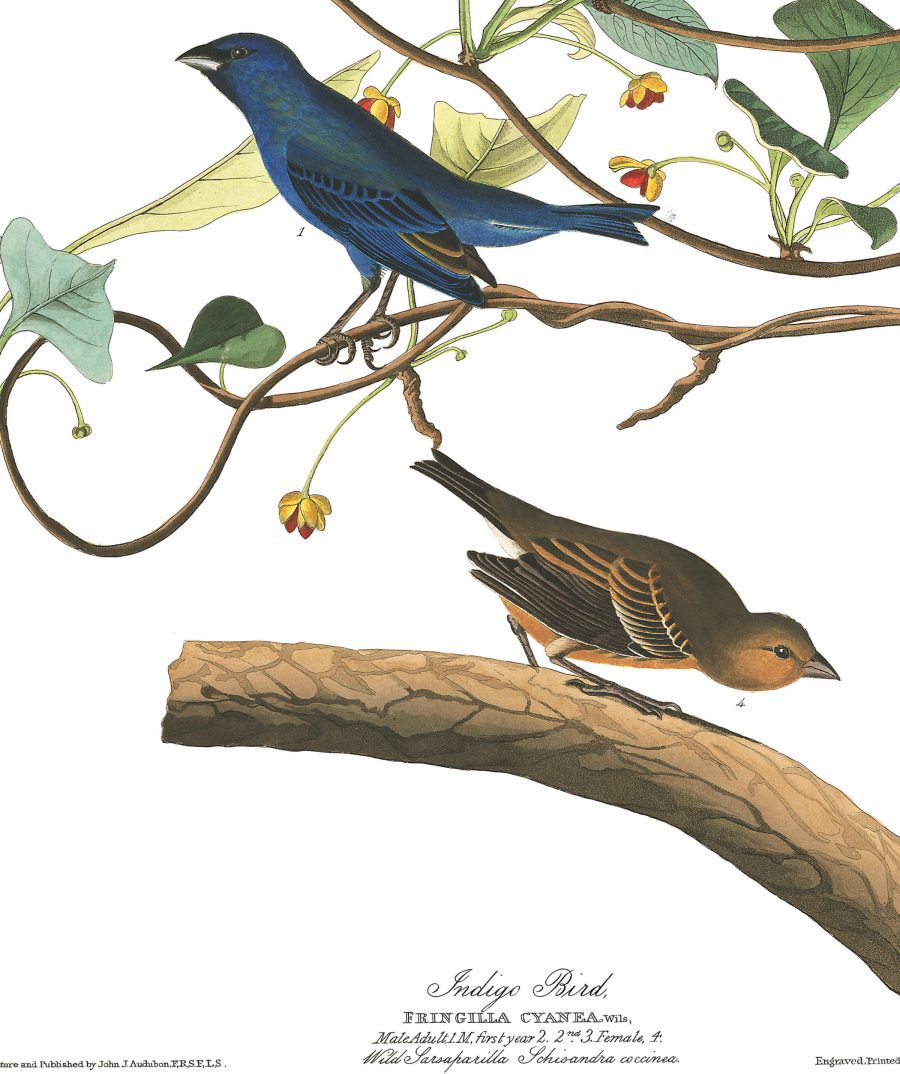The past few weeks have reminded us just why viruses have been such a formidable enemy of humanity for so long. Though very few of the countless viruses in existence affect us in any way, let alone a lethal one, we can’t see them without microscopes. And so when a deadly virus breaks out, we live our daily lives with an invisible killer in our midst. Aggressive testing, as several coronavirus-afflicted countries have proven, does much to lower the rate of transmission. But how, exactly, does transmission happen? In the video above, Youtuber Mark Rober, a former NASA engineer and Apple product designer, demonstrates the process vividly by taking a blacklight into that most diseased of all environments: the elementary-school classroom.
You can’t see viruses under a blacklight, but you can see the special powder that Rober applies to the hands of the class’s teacher. At the beginning of the school day, the teacher shakes the hand of just three kids, touching none of the others, and by lunchtime — a couple of hours after Rober powders the hands of one more student during morning break — the blacklight reveals the “germs” everywhere.
This despite fairly diligent hand-washing, albeit hand-washing unaccompanied by the disinfection of surfaces, cellphones, and other objects in and parts of the classroom. “Even if a virus is spread through airborne transmission,” Rober says, “those tiny droplets don’t stay in the air for long. Then they land on surfaces, waiting to be touched by our hands.” This leads him to the declaration that “the ultimate defense against catching a virus is: just don’t touch your face.”
Rober calls your eyes, nose, and mouth “the single weak spot on the Death Star when it comes to viruses. That’s the only way they can get in to infect you.” Hence, here in the time of COVID-19, the frequent urgings not just to wash our hands but to refrain from touching our faces as well. Increasingly many of us have become hyper-aware of our own “germ hygiene,” as Rober calls it, but the other half of the battle against the pandemic must be institutional: school closures, for example, one of which was announced over the PA system during this very video’s shoot. “Because of this virus, we are going to be closing school for three weeks,” says the principal, not without a note of excitement in his voice — but an excitement hardly comparable to the subsequent explosion of joy among the third-graders listening. Challenging though this time may be, children like these remind us to take our fun wherever we find it.
Related Content:
Free Courses on the Coronavirus: What You Need to Know About the Emerging Pandemic
Watch Bacteria Become Resistant to Antibiotics in a Matter of Days: A Quick, Stop-Motion Film
The History of the Plague: Every Major Epidemic in an Animated Map
200 Free Kids’ Educational Resources: Video Lessons, Apps, Books, Websites & More
Based in Seoul, Colin Marshall writes and broadcasts on cities, language, and culture. His projects include the book The Stateless City: a Walk through 21st-Century Los Angeles and the video series The City in Cinema. Follow him on Twitter at @colinmarshall or on Facebook.
